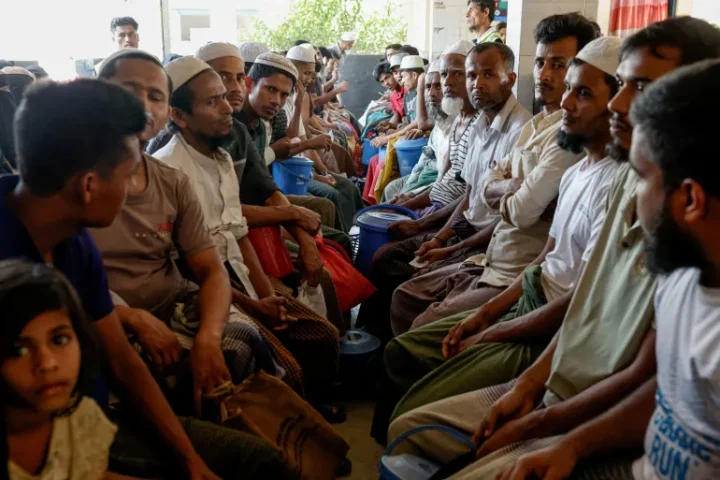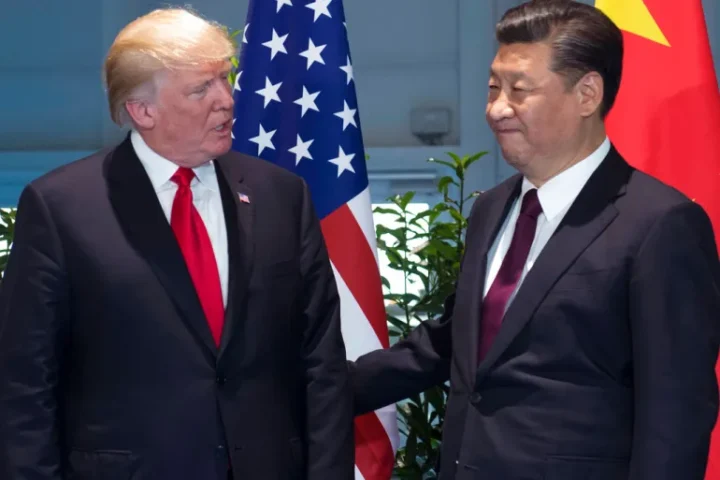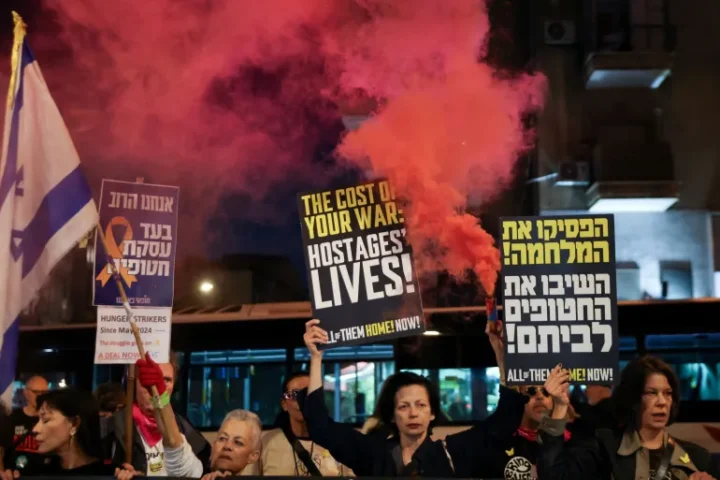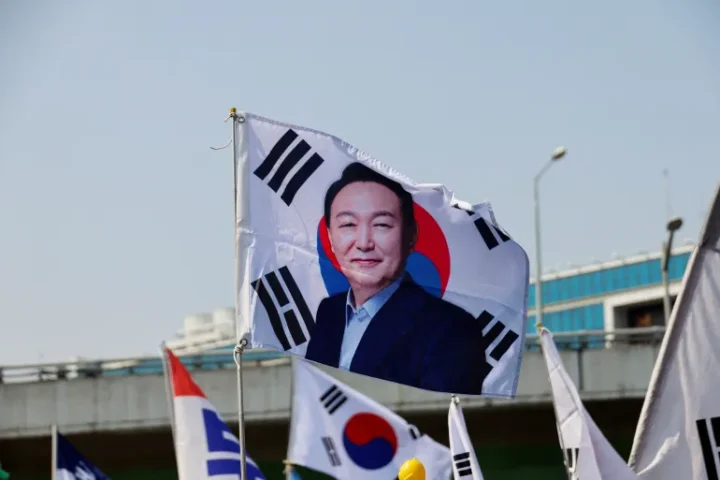The core idea behind Diwali is the triumph of good over evil, reflected in its rituals like diyas and rangoli.
Hindus, Sikhs, Buddhists and Jains worldwide are celebrating Diwali this year on November 12. The festivities that run for five days are characterised by bright lights, burning incense and sumptuous meals — especially sweets. Families otherwise separated by distance or discord come together.
Here is what to know about some of the rituals practised during Diwali:
The word Diwali comes from the Sanskrit roots “deepa” (lights) and “avali” (row). The word, in turn, translates to row of lights. The festival is characterised by different lighting decorations such as fireworks and candles.
The decorations most closely associated with the festival are earthen oil lamps called diyas.
The significance of diyas is rooted in the Hindu legend of Ramayana. This is the story of Prince Rama, whose wife Sita was abducted. When Rama and Sita returned to their kingdom, Ayodhya, people welcomed them with diyas.
This legend is not the only one behind Diwali. Other religious and regional communities associate different mythologies with it. What unites them is the fundamental idea that Diwali celebrates the victory of good over evil, which is what diyas symbolise.
“People try to enlighten the dark places, not only in their homes but their souls,” Manpreet Arora, senior assistant professor at Central University of Himachal Pradesh, India, told Al Jazeera.

Cleaning and shopping
Arora wrote about the pivotal role women play in Hindu festivals in the memory of her late mother during one Diwali season. She reminisced about Diwali back in her childhood, when she would enthusiastically help her mother prepare the house for festivities.
Days before Diwali, people start cleaning their houses. “Somebody is getting new curtains, somebody is getting their house painted,” Arora added. People ensure their houses are clean and pristine in preparation for welcoming the goddess Lakshmi into the homes.
On Dhanteras, the first of the five days of festivities — it fell on November 10 this year — markets are bustling. Arora said that on Dhanteras, people’s purchases range from small items such as diyas to luxury products. However, silver jewellery and utensils are particularly sought after on this day. A silver coin is believed to bring “good luck and fortune,” she said.







